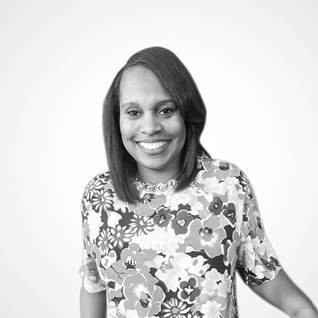The Diversity Dilemma and Why Our Media Landscape is Forever Changed.
Brand marketers are at a crossroads.
The racial reckoning of 2020 saw confederate statues collapse (literally), the likes of Aunt Jemima, Uncle Ben, the Washington Redskins overhaul branding and activism dedicated to amplifying and dismantling systemic racism amid a global pandemic.
Recently, we helped Walmart launch its “biggest campaign on the year.” The docu-style effort featured 22 real families navigating the trials of life in a pandemic. Applauded for its approach to “genuine diversity,” consumers resonated with the spots because of its celebration of universal truths and humanity. It was refreshing to see an honest and diverse reflection of American families in a tangible way. And nearly 30 years ago, our agency featured the first gay couple in a mainstream commercial for IKEA. The spot was controversial – yet celebrated for depicting a humble, true-to-life story and breaking new ground – marking a pivotal moment in advertising.
In upending the status quo and shining a light on longstanding inequities, our media landscape is forever changed. From black squares on Instagram to confronting workforce representation gaps, there’s now a keen and critical eye focused on brands’ approach to diversity – and even more so – authentic inclusivity.
It would be a dream realized to consume and contribute to a media landscape that is consistent in combating racist, homophobic, xenophobic, misogynistic and ableist tropes of the past; and where brands are held accountable for perpetuating stereotypes and normalizing biases. If we learned nothing else from 2020, it’s that blind spots or simply turning a blind eye result in a multitude of failures.
While this utopian fantasy is aspirational, there’s still work to be done. According to the Alliance for Inclusive and Multicultural Marketing, this year’s Super Bowl was “largely inclusive in casting,” but “less culturally relevant” than the previous year and “significantly less authentic than non-Super Bowl ads.” And that’s just in front of the camera. For true and authentic representation to exist onscreen, true and authentic representation must exist offscreen. There are many stories to be told. And yet the only thing that separates talented underrepresented voices from anyone else is opportunity.
Sure, it may feel a bit uncomfortable to take the road less traveled or bet everything on black (no pun intended), but it is even more detrimental to continue down the path of complacency, or much worse, mediocrity.
There are many ways to embed diversity into the DNA of a brand, but it takes self-reflection and vulnerability. We’re proud to be the first agency to partner with the Commercial Directors Diversity Program and an early adopter of the Association of Independent Producers’ #DoubletheLine initiative – collaborations that will certainly help increase diversity in commercial production. Diversity itself is disruptive to a system that has historically been non- inclusive. So in order to authentically contribute to this “disruptive” and evolving media landscape we are all witnessing, marketers must first understand that diversity is not just a business imperative, but a life imperative.
So while the wins remain small and infrequent, progress has and will continue to be made. The first step is acknowledgement. The tide has turned, but peril still lingers. Brand marketers have a choice: to either be a part of the problem or a part of the solution. It’s really that simple.



